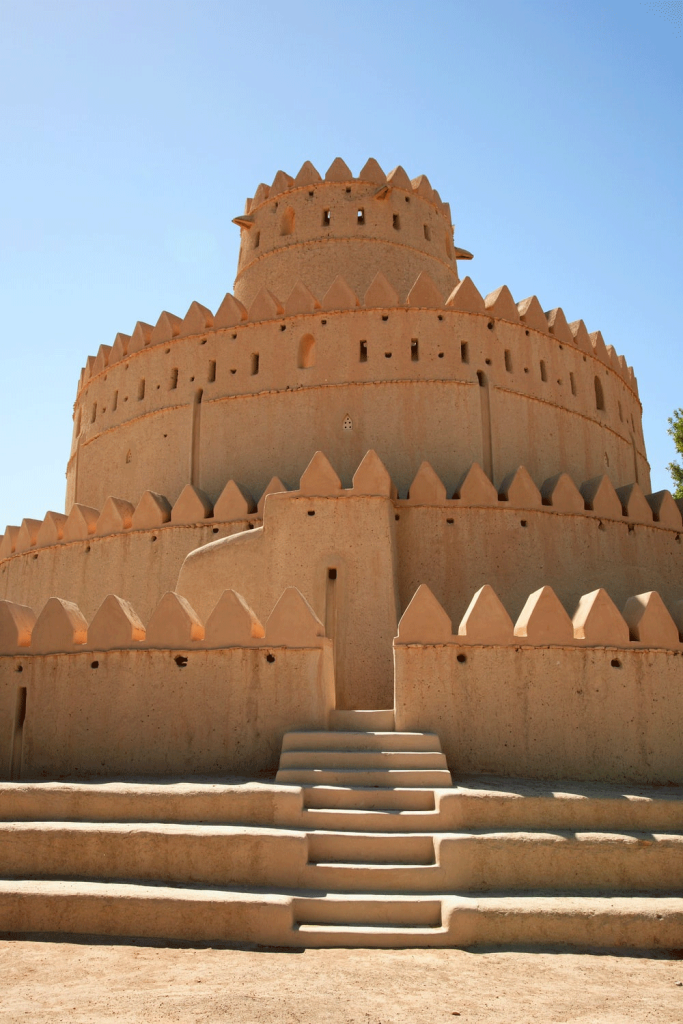The listed heritage is a valuable property shared by all mankind. Coordinated management and protection of listed heritage and active integration with community development are effective ways to achieve social, economic and environmentally sustainable development at different scales (local, national and global) to help implement the global SDG goals. At present, climate change and human activities pose serious challenges to the protection and utilization of listed heritage. Only by fully recognizing the important role and special contribution of listed heritage to sustainable development and giving priority in future policy formulation can better meet the survival and development needs of contemporary people. At the same time, it will be passed on to the next generation.
UNESCO (UNESCO) List Heritage (hereinafter referred to as “Listries”) includes World Heritage Sites, World Biosphere Reserves and World Geoparks; it is an important carrier of cultural, biological and geological diversity on earth; and is important for promoting social, economic and environmental sustainable development. The publish study proposed the framework and explores in depth the important contribution and potential of the Directory Heritage to the achievement of the Sustainable Development Goals (SDGs).
By the end of 2021, there were 727 world biosphere reserves, 1,154 world cultural and natural heritage sites and 169 world geoparks, covering a cumulative area of about 1 billion hectares (about 6.7% of the earth’s surface area), which is of more than 300 million people; directly reflects the Cultural, biological and geological diversity of the ball. Therefore, the heritage of the Directory should be given priority in formulating global development policies, especially the United Nations Agenda 2030. This study shows that the heritage of the Directory can directly contribute to 51 indicators (Indicators) of the 17 SDG goals. Unfortunately, it has not received enough attention in the United Nations Agenda 2030.
Cultural heritage sites and biosphere reserves embody the traditional land or marine use on the earth’s surface. They are typical cases of interaction between people and the environment, providing cultural genetic inheritance and historical reference for harmonious coexistence between human beings and nature. Natural heritage sites and biosphere reserves preserve and maintain the integrity and biodiversity of lands, marine ecosystems and also play an important role in climate regulation (to help improve ) environmental sustainability and resilience.
The UDSs are an embodiment of humanity’s heritage while lighting up our future by conserving the cultural, biological and geological diversity of the planet and promoting sustainable development. Through the variety of basic materials needed for survival, other goods and services, and the rich sources of information about the evolutionary history of human beings on Earth that they provide, well-conserved UDSs make direct and indirect contributions toward the realization of environmental, economic, and social goals that promote harmony between man and nature.
Reference:
- Luo L, Wang X, Guo H. Contribution of UNESCO designated sites to the achievement of Sustainable Development Goals. The Innovation. 2022 May 10;3(3).


